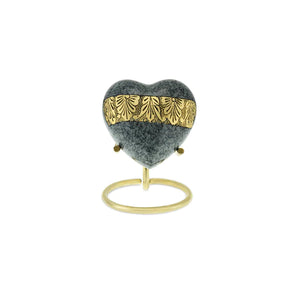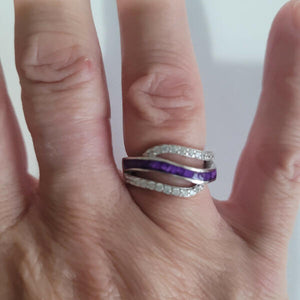A brief look at the long history of cremation

The history of cremation is long and varied. The disposal of dead bodies by burning is now a common practice, but it had to overcome strong opposition from both the church and the state.
When is the first recorded history of cremation?
In 1969, archaeologists in Australia found cremated remains estimated to be around 20,000-years old. The Old and New Testaments of the Bible mention cremation. The practice was common in both ancient Greek and Roman civilizations.
What caused cremation to lose popularity?
Cremation fell from favour with the spread of Christianity. By the fifth century, it was virtually extinct within the Christan realms. The church was extremely powerful and claimed that for Resurrection to occur a complete body was necessary. At this point in the history of cremation, it was largely seen as a heathen practice.
The modern history of cremation
Closed furnace cremations first began in Germany in the mid-1800s. However, it was not until 1874 that the subject received any serious interest in the UK. The Cremation Society began to campaign for cremation on the grounds of cost and hygiene. Victorian funerals were very expensive. Overcrowding in burial grounds made them unhealthy places. The society constructed the first crematorium four years later. They tested the process on a horse. The complaints of local residents caused the Home Secretary to order its closure. The grounds were that the cremation of a body could hide evidence of a murder.
A Druid paves the way for cremation in the UK
Doctor William Price built a funeral pyre in his garden in Glamorgan to cremate the body of his five-day-old son in Druid fashion. He was subsequently arrested and tried. The resulting judgement was, that cremation was not illegal as long as it did not cause a nuisance. In 1885 the first human cremation took place in Woking. 1902 saw the passing of the first Cremation Act.
The world wars affect the history of cremation
The massive loss of life during the first world war began to change attitudes towards cremation. Princess Louise became the first member of the Royal family to choose cremation in 1917. Neville Chamberlain and Ramsay MacDonald helped to increase people's acceptance of the practice. However, by 1930, still only 5-percent of people were choosing cremation.
Gradually more crematoriums opened and the practice grew. The removal of the ban by the Roman Catholic church in 1963 gave more people the option. By 1968, the number of cremation exceeded burials in the UK, and now cremation is the choice of more than 75-percent of people.







